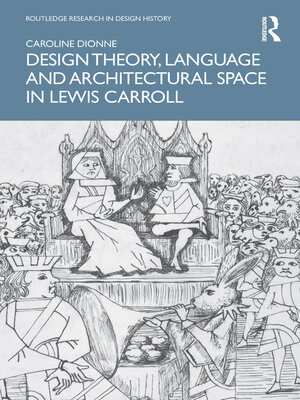Design Theory, Language and Architectural Space in Lewis Carroll
ebook ∣ Routledge Research in Design History
By Caroline Dionne

Sign up to save your library
With an OverDrive account, you can save your favorite libraries for at-a-glance information about availability. Find out more about OverDrive accounts.
Find this title in Libby, the library reading app by OverDrive.



Search for a digital library with this title
Title found at these libraries:
| Library Name | Distance |
|---|---|
| Loading... |
This volume offers spatial theories of the emergent based on a careful close reading of the complete works of nineteenth-century writer and mathematician Lewis Carroll—from his nonsense fiction, to his work on logic and geometry, including his two short pamphlets on architecture.
Drawing on selected key moments in our philosophical tradition, including phenomenology and sociospatial theories, Caroline Dionne interrogates the relationship between words and spaces, highlighting the crucial role of language in processes of placemaking. Through an interdisciplinary method that relates literary and language theories to theories of space and placemaking, with emphasis on the social and political experience of architectural spaces, Dionne investigates Carroll's most famous children's books, Alice's Adventures in Wonderland and Through the Looking-Glass and What Alice Found There, in relation to his lesser-known publications on geometry and architecture.
The book will be of interest to scholars working in design theory, design history, architecture, and literary theory and criticism.







